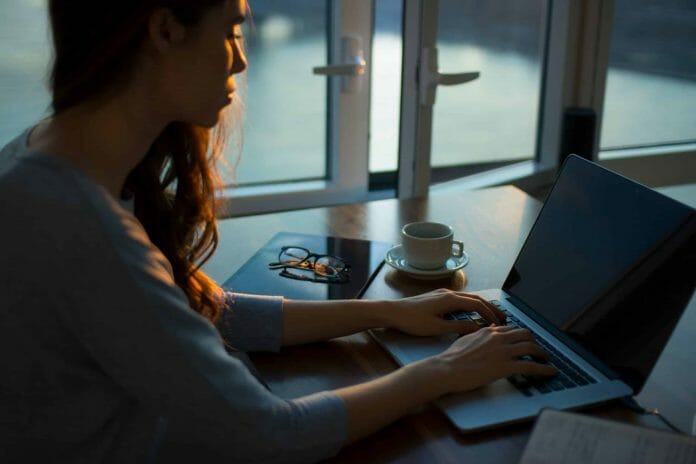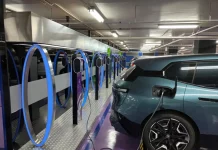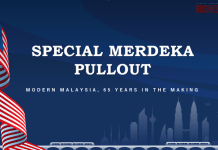By Dr Joel Low
Through time, many of us have become witness to global shared events that spans across the world. From the two unfortunate world wars, the 9/11 attacks, and the Tsunamis we experienced in years past have left a mark in our lives.
As impactful as they are, we are often spectators to these events. But every now and then, we encounter an event that reaches in and touches each one of us individually, where none of us are mere spectators, but active participants in its unfolding.
Covid-19 is one such event, with its impact felt by the billions that inherit this Earth. In Malaysia, we have been blessed by the excellent stewardship, and are enjoying a relatively calm entry in the recovery phase of the lockdown that was imposed.
As we focus on the day-to-day changes and functions of a country rediscovering its new normal, one facet that has been most significantly affected, and continues to be is our work. A quote that I read which resonates with me goes like this, “The Covid-19 did not actually disrupt traditional employment, rather, the virus only served to amplify and bring into sharp focus, the systemic problems that have always been present”. And with these disruptions, questions like, “What should work look like for me”, and “Do I really need to go back in to work physically” are at the forefront of our minds.
For many of us who are lucky enough to still have a job during this time, one of the biggest struggles that we face is working from home. Whilst at the initial stages, many people saw this as a ‘working holiday’, and it was celebrated as such. But as time went on, many of us started to realise that it is not so much holiday, but more so, a whole bunch of crazy.
One of the biggest gripes we have heard from clients is the blurring of lines between work and home. Having a physical space to go to at work, pre- Covid-19, was brilliant in that it allowed us to flick a switch mentally and go into work mode when we are there. And as we leave, we flick that switch back the other way, and go into leisure mode. Working from home means that we do not have that physical separation, and that means we may be stuck in either mode perpetually which will be detrimental both to our productivity and our ability to rest and relax after work. As you may have already experienced yourself, either one of them can be quite debilitating.
A simple workaround to this would be to carve out a small space for ourselves at home as a dedicated workplace. It is in this space where any and all work that has to be done will be done, which will act as that ‘switch’ that I mentioned, to help us move between being ‘at work’ and being ‘at home’. Taking this step further, we can also change into our work attire during ‘office hours’, as another way to activate that switch of ours. So, no Zoom calls with the bottom half in pajamas, or going to sleep in our work clothes.
And lastly, adhere to the working hours. So, if you are used to working 9 to 5 for example, then allocate that time specifically for work, and the hours in between will be dedicated to leisure, or other domestic related activities. This way, our minds can anticipate what our day is going to look like, and we get to prepare for it instead of being in work mode all day long.
But as we start the grand adventure of going back into the office during this recovery phase, another set of problems may arise which is the anxiety of going back out to public places. Whilst some of us may not give a second thought to this, there are those amongst us who would feel much more comfortable, perhaps even enjoy, continuing the status quo of working from home.
In this regard, employers can help allay or at least manage some of these fears. One way is to provide flexible working conditions for their employees. For example, allowing some of them to continue with the work from home arrangement, or at least, providing options to allow for a more staggered approach to going back to the office. Flexibility, on top of the SOPs guidelines would do a world of good in helping your employees’ transition back from the changes that have been placed upon them.
But over and beyond, things which we can do to allay and manage our fears, is by practicing patience regularly. We have gone through a lot of changes in these past few months. And whilst we humans by design, thrive on being adaptable, this takes time. So, if we are patient, and allow ourselves the time to adapt, rather than rushing into things, we will all be all the better for it.
Covid-19 has made so many changes to our world and the way we live in it. And its repercussions will continue to resonate in our lives in the years to come. Eventually, this too will become our normal way of life, but until then, be patient with one another, hang in there, and keep those hands washed!
Dr Joel Low is the Clinical Psychologist and Director at The Mind Psychological Services & Training, specialising in Cognitive Behavioural Therapy. He is also currently the Vice President of the Malaysian Society of Clinical Psychology.










